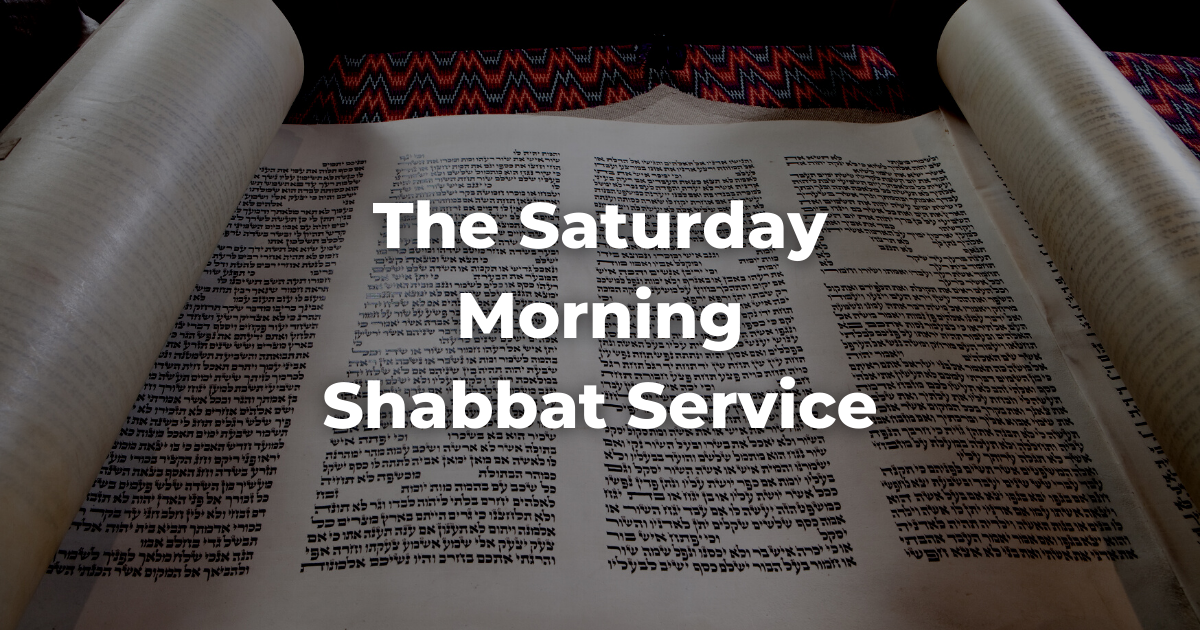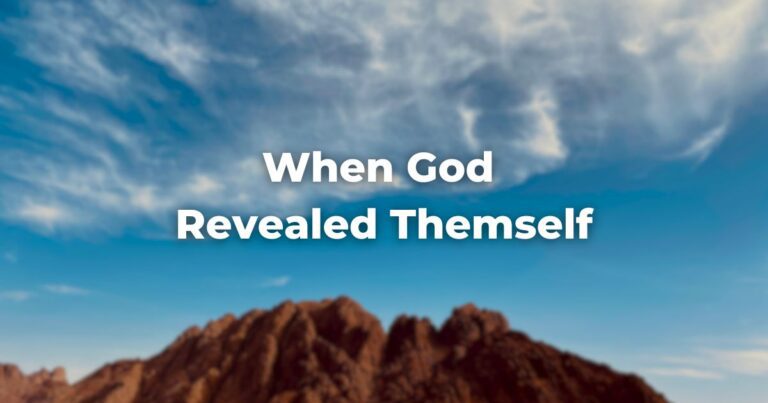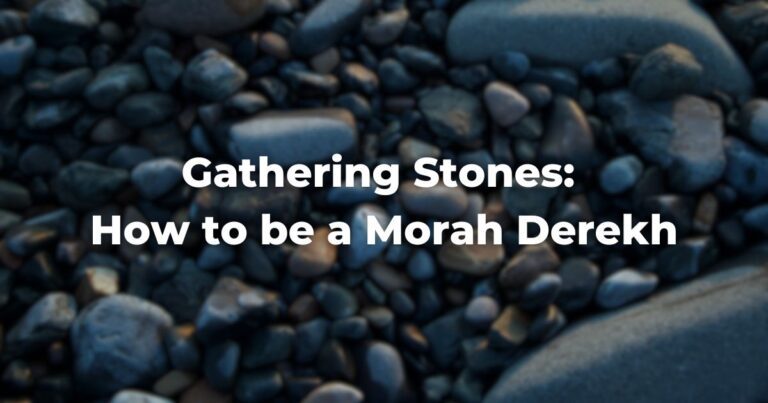Pesukei D’Zimra
There are a number of significant additions that set the Shabbat Morning Service apart from its weekday counterpart. The 100th psalm is omitted from the opening P’sukei D’zimra section and nine additional psalms (Psalm 19, Psalm 34, Psalm 90, Psalm 91, Psalm 135, Psalm 136, Psalm 33, Psalm 92, and Psalm 93) are added in its place.
Although only one of the added psalms has any specific connection to Shabbat—Psalm 92 is specifically labeled “a psalm-song for the Shabbat day”—all give voice to the dream-like mixture of recollection of the past and hope in the future that Shabbat itself inspires in the hearts of the faithful.
Because the Sabbath itself is a sign of the covenant, tefillin are not worn on Shabbat.
A long section beginning with the words nishmat kol chai t’vareikh et shimkha (“May the soul of every living creature bless Your name”) is added before the Yishtabbah (also spelled Yishtabach) blessing that closes the P’sukei D’zimra section of the service.
Shacharit
The word nishmat may possibly be an allusion to the n’shamah y’teirah, “the additional soul” that, according to the TalmudReferring to one of two collections, the Jerusalem and Babylonian Talmuds, edited in the 6th century, that contains hundreds of years of commentary, discussion, and exploration of the ideas in the Mishnah. One could describe it as Mishnah + Gemara = Talmud Read more (Beitzah 16a), enters every Jew at the onset of every Shabbat. It is during this interpolated nishmat kol chai section that the cantor or prayer leader begins the formal chanting of the Morning Service.
Following the Bar’khu (also spelled Barchu) call to prayer, three extra paragraphs are added to the first of the two blessings that precede the Shema.
The three paragraphs are poetic statements—one is actually cast as a singable hymn—regarding the majesty and mystery of divine creation, a central theme of the Shabbat liturgy in general.
Shabbat Morning Amidah
The Amidah for Shabbat consists of seven blessings: the standard opening and closing benedictions, and a middle one dealing with the special nature of the day which ends with a blessing praising God as m’kaddeish ha-shabbat, the divine source of the sanctity of Shabbat.
This intermediate paragraph, which differs from Amidah to Amidah in the course of the Shabbat liturgy, here emphasizes the fact that Shabbat observance is a commandment of the TorahRefers to the first five books of the Hebrew Bible, the Tanakh, also called the Five Books of Moses, Pentateuch or the Hebrew equivalent, Humash. This is also called the Written Torah. The term may also refer to teachings that expound on Jewish tradition. Read more revealed by God to Moses at Mount Sinai. This has an appropriate feel to it, since the congregation recites these words shortly before taking the Torah from the Ark and reading from it.
As is always the case when the prayer leader recites the Amidah aloud, a responsive reading called the K’dushah (also spelled Kedushah) is inserted into the third blessing. The K’dushah in the Shacharit Amidah speaks of the restoration of God’s rule over Jerusalem, and of the ultimate redemption of the Jewish people.
The repetition of the Amidah is followed by Kaddish.
Torah Service and Reading
The service for taking the Torah from the Ark is also enhanced on Shabbat morning.
We begin with a stirring liturgical introduction that starts with the words ein kamokha (“there is none like You”) and then add a long prayer taken from the Zohar, called B’rikh Sh’meih after its opening words, once the Ark is opened. Also, before the Torah is taken around the room in solemn procession, the Shema and an extra line proclaiming the uniqueness and unity of God are chanted aloud.
In the Conservative movement, a bar or bat mitzvah can be celebrated anytime the Torah is taken out to be read, and the young person coming of age can be called up for an aliyah.
More often than not, these celebrations take place at the Morning Service on a Shabbat. Saturday morning provides more opportunities for participation by the bar or bat mitzvah (reading the Torah, chanting the haftarah, leading parts of the service, delivering a d’var torah), and more aliyot and honors for the assembled congregation.
It is the optimum time for a Jewish community to welcome another Jew into its midst, and to celebrate this milestone with the family.
On Shabbat, seven people are called up to the Torah. (It is permissible to call up more, but not fewer, than seven.) The number seven is significant in this context.
Not only does it recall the seven days of the week, but it is also a subtle halakhic comment on the supreme place of Shabbat in the hierarchy of holy days, since there are six aliyot on Yom Kippur, five on all other festival days, four on Rosh Hodesh and the intermediary days of festivals, and three on ordinary weekdays when the Torah is read.
After the last regular aliyah is concluded, the Half Kaddish is recited and an extra aliyah, popularly called the maftir, is given to the person who will chant the haftarah.
Special Haftarah Readings
For about four-fifths of the year, the haftarot are chapters from one or another of the books of the prophets chosen to elucidate the Torah portion for that specific Shabbat in some obvious or obscure way.
During the ten weeks preceding the High Holidays, however, a different approach is followed: for the three weeks before the fast of the Ninth of Av, three gloomy haftarot actually called “the haftarot of doom” are read aloud. For the seven weeks that follow the fast, which commemorates the destruction of Jerusalem in ancient times, seven special haftarot called “the haftarot of consolation” are read aloud.
(There are also special haftarot for all the festivals and even for the Sabbaths that fall during those festivals, as well as for other special Sabbaths that fall during the year, each geared to the specific holiday or special Shabbat being observed rather than specifically to the Torah reading for that day, whatever it might be. Some of those can be found here.)
Special Readings and Prayers
In the course of the Torah service, many congregations add in prayers for the sick or special prayers (collectively called Mi She-beirakh (also spelled Mi Sheberach) prayers after their opening words) for different members of the congregation, either to honor special occasions in their lives or simply to honor an individual’s aliyah to the Torah.
There are special versions of the prayer for those soon to be wed and other lifecycle events and experiences.
After the reading of the haftarah, the Torah service also contains several additional prayers: one for sages of Israel, another for the congregation, one for the country in which the congregation is situated and for its leaders, and one for the State of Israel.
On the Shabbat before Rosh Hodesh, a prayer for the upcoming Jewish month is recited. Different congregations follow different customs regarding these prayers; some add in prayers for world peace or for the repose of the souls of the martyrs of Israel as well.
Concluding the Torah Service
After all these prayers are concluded, a liturgical setting of Psalm 145 (popularly called Ashrei or “the” Ashrei after its first word) is recited for a second time. (It was also included in the P’sukei D’zimra section of the service before the formal beginning of the Morning Service.)
Following Ashrei, the Torah is returned to the Ark in procession as the congregation sings the Psalm 29. In many congregations, someone delivers a sermon after the Ark is closed. In some congregations, the sermon is replaced with some other form of Torah study. In others, however, the congregation proceeds directly to the Musaf Service.
The Musaf Service
An extra Amidah prayer is recited on Shabbat and festivals. This extra prayer, colloquially called the Musaf Amidah (musaf means “addition” in Hebrew) is included to remind worshipers that in ancient times extra sacrifices were offered in the Temple on Shabbat and on other festive days.
As with the other services, the Musaf Amidah consists of the standard opening and closing blessings, with a middle paragraph devoted to the occasion at hand. At Musaf on Shabbat, this section focuses on the additional offerings that were brought to the Temple on Shabbat, as described at Numbers 28:9–10.
Opening with a reverse acrostic, the middle section traditionally continues with requests for the return of the Jewish people to their land, for the rebuilding of the Temple, and for the restoration of the sacrifices, specifically including those for Shabbat.
In the middle decades of the twentieth century, many Conservative ideologues began to question the idea of praying for the reinstitution of animal sacrifices in a future Temple to be built in Jerusalem. This led to a near universal change in the text of the Musaf Amidah in Conservative movement prayerbooks, so that the prayer henceforth merely nodded to the practices of the past without actually asking the worshipers to pray that such practices be restored.
Since it seemed peculiar to recite a prayer in which the worshiper was not actually praying for any specific thing, however, the Musaf Amidah prayer itself was reinterpreted as a way for moderns to look forward to a messianic era, to the ingathering of the exiles, and to the rebuilding of the Temple in Jerusalem as a house of prayer, not animal sacrifice.
This continues to be the norm in Conservative congregations, although it is not a universal practice.
There is also a special version of the K’dushah that is recited in the third benediction of the Musaf Amidah on Shabbat when it is chanted aloud by the prayer leader.
Concluding the Service
The Ein Keloheinu hymn is added to the service on Shabbat after the Full Kaddish that follows the Musaf Amidah.
This is traditionally followed by a selection from the Talmud (taken from BT Keritot 6a) recounting the ingredients of the incense offering in the Temple. Many Conservative prayerbooks have eliminated this passage, inserting instead one from Berakhot 64a:13-14 that speaks about the possibility of bringing peace to the world through Torah study.
Often this is followed by Kaddish D’rabbanan, and then the service concludes with Aleinu, the Mourner’s Kaddish, and the Adon Olam hymn.
Strictly speaking, Kiddush on Saturday morning takes place at Shabbat lunch. It has become the custom in many synagogues to recite Kiddush over a cup of wine as services end. This is done because, in many cases, a luncheon is served in the synagogue. It may also be a way for those who will not have a traditional Shabbat meal at home to participate in this ritual.
Adapted with permission from The Observant Life.
Authors
-

The Observant Life: The Wisdom of Conservative Judaism for Contemporary Jews distills a century of thoughtful inquiry into the most profound of all Jewish questions: how to suffuse life with timeless values, how to remain loyal to the covenant that binds the Jewish people and the God of Israel, and how to embrace the law while retaining an abiding sense of fidelity to one’s own moral path in life.
Written in a multiplicity of voices inspired by a common vision, the authors of The Observant Life explain what it means in the ultimate sense to live a Jewish life, and to live it honestly, morally, and purposefully. The work is a comprehensive guide to life in the 21st Century. Chapters on Jewish rituals including prayer, holiday, life cycle events and Jewish ethics such as citizenship, slander, taxes, wills, the courts, the work place and so much more.
View all posts -

Born and raised in Philadelphia, Rabbi Katz received his B.A. from Temple University, and a Bachelors of Hebrew Literature from Gratz College. He was awarded a Masters Degree from the Jewish Theological Seminary, where he received his Rabbinic ordination. In 2005, JTS awarded the rabbi the degree of Doctor of Divinity.
Rabbi Katz has been strongly involved in the institutions of Conservative Judaism. He was a regional president of United Synagogue Youth; a staff member for twenty years at Camp Ramah; past president of the Rabbinical Assembly of Nassau-Suffolk; a founder of the Solomon Schechter High School; and a class Rabbi at the Schechter Day School of Nassau County, in Jericho. He also serves on the Conservative Bet Din, the Rabbinic Court supervising conversions on Long Island.
View all posts




